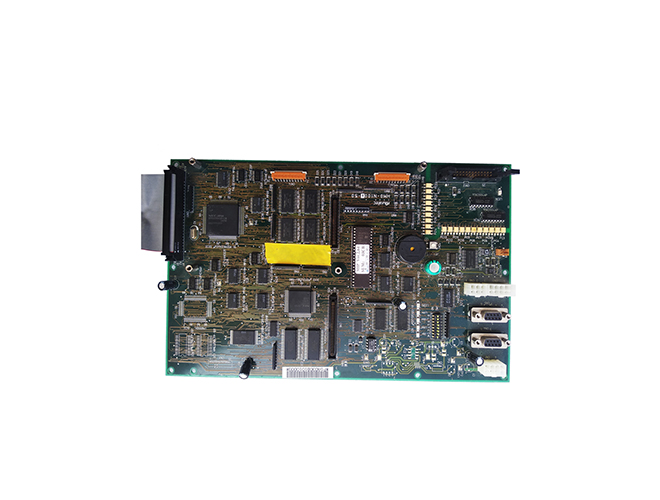Time:2025-05-13 Views:1 source:News

The PCB (Printed Circuit Board) spring probe control unit serves as a crucial component in electronic systems, playing a multifaceted role in ensuring reliable electrical connections, signal integrity, and overall system functionality.
At its core, the primary function of the PCB spring probe control unit is to manage and regulate the operation of spring probes, which are widely used for making electrical contacts between different components, such as PCBs, integrated circuits, and test fixtures. These control units are responsible for controlling the actuation of the spring probes. In many applications, especially during the testing process, the spring probes need to be precisely positioned and pressed against the target contact points. The control unit coordinates the movement of the probes, ensuring that they make contact with the appropriate pads or pins on the PCB or other devices with the right amount of force. This precise control is essential to avoid issues like insufficient contact, which could lead to poor electrical conductivity, or excessive force, which might damage the delicate surfaces of the components.
Signal integrity is another critical aspect where the PCB spring probe control unit plays a vital role. It monitors and adjusts the electrical characteristics of the connections made by the spring probes. For high - speed signals, factors such as impedance matching, crosstalk, and signal attenuation can significantly affect the performance of the system. The control unit may incorporate circuits and algorithms to optimize these parameters. For example, it can adjust the contact resistance of the spring probes in real - time to maintain a stable impedance along the signal path. By doing so, it helps to minimize signal degradation and ensure that the data transmitted through the connections remains accurate and undistorted.
The PCB spring probe control unit also contributes to the overall reliability and durability of the system. It can implement diagnostic functions to detect potential problems with the spring probes, such as wear and tear, corrosion, or misalignment. If any issues are identified, the control unit can trigger alerts or take corrective actions, such as retracting the probes or initiating a calibration process. Additionally, in automated manufacturing and testing environments, the control unit enables the efficient operation of multiple spring probes simultaneously, increasing the productivity of the production line while maintaining high - quality standards. In summary, the PCB spring probe control unit is an indispensable element that ensures the proper functioning, signal quality, and long - term reliability of electronic systems that rely on spring probes for electrical connections.
Read recommendations:
Magnetic connector for automotive electronics
CCS1 to Tesla adapter old supplier
Pogo Pins for Panoramic Cameras
Why do new energy vehicles at this stage use AC charging piles?